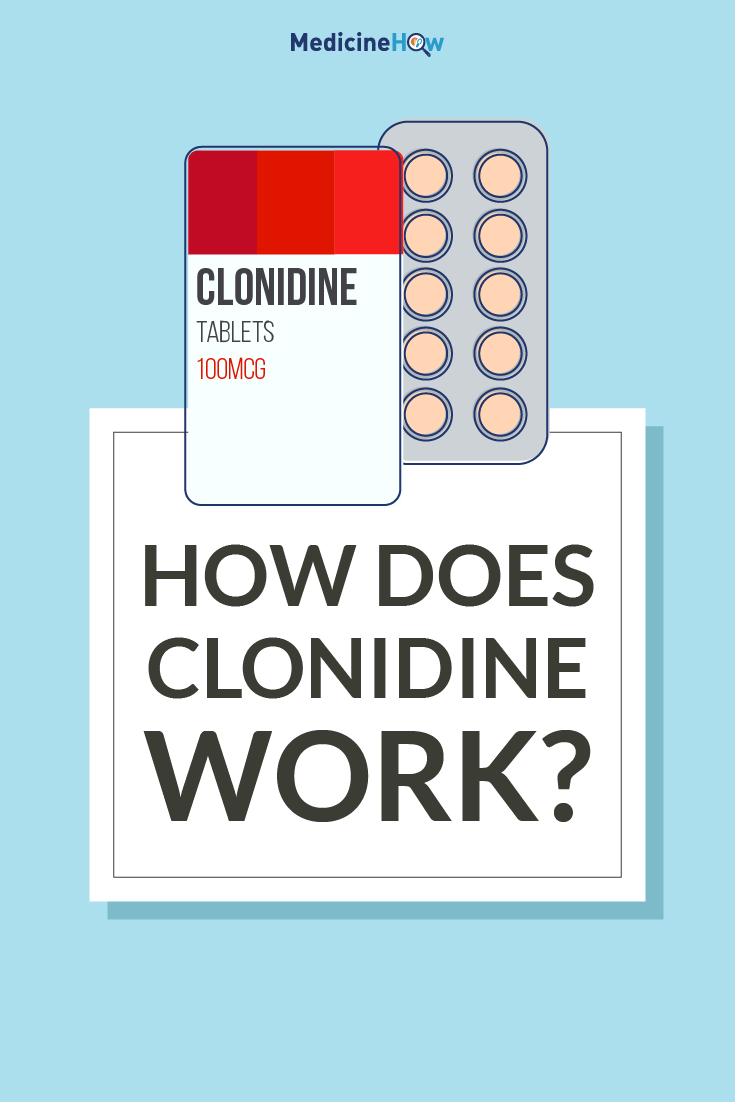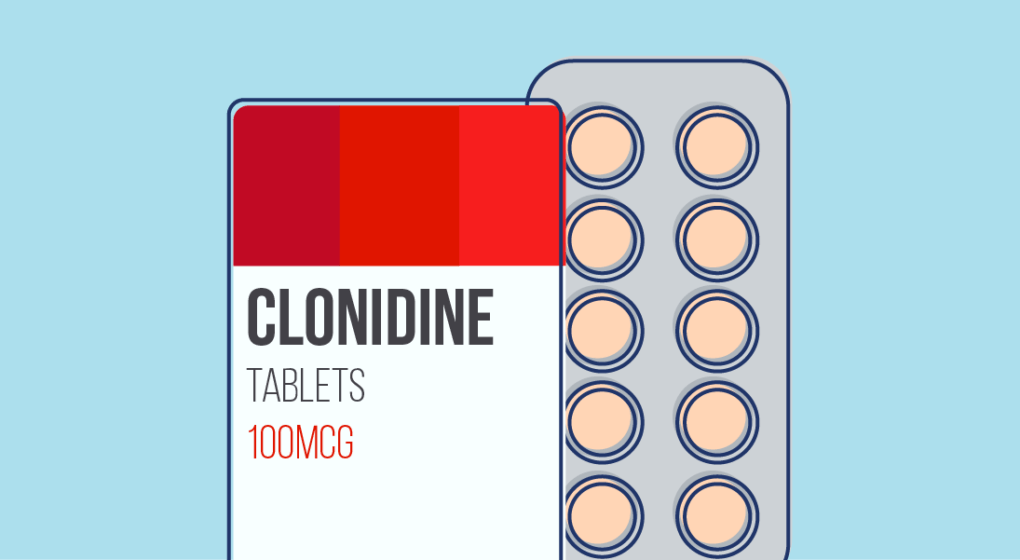
Clonidine is a drug that works by stimulating the alpha-2 adrenoceptors and the imidazoline receptors in the body. This causes a reduction in the sympathetic tone in the body and lowers the blood pressure.
If you or someone you know needs to take clonidine to manage hypertension or another health condition, this article will help you to understand how it affects your body.
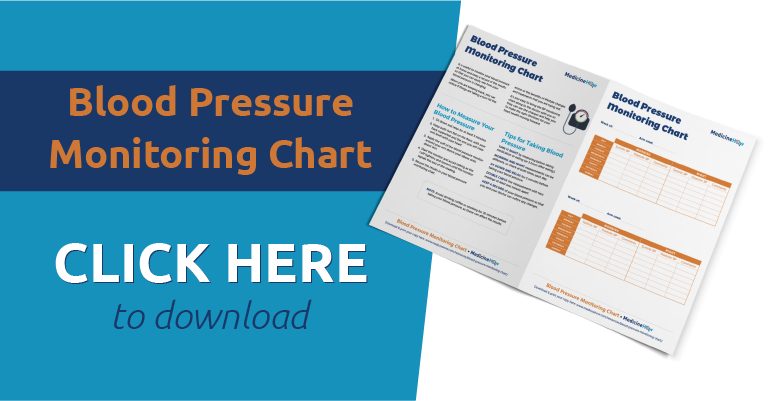
Brand Names and Doses
Clonidine is the name of the active ingredient in the medication that works in the body, known as the generic name. You might know it better by the brand name, Catapress, which is the name given by the manufacturing company.
Catapress is available in two different oral doses: 100 mcg or 150 mcg.
It is also available as an injection with 150 mcg in each mL of the formation, which is useful if you need to continue the medication while in hospital or other similar circumstances.
Most people begin taking a low dose of clonidine, such as 50 mcg (half a 100 mcg tablet) twice a day. This helps your body to slowly adjust to taking the drug and to reduce side effects caused by a sudden drop in blood pressure. The dose can then gradually be increased every few days until the blood pressure is well controlled, to a maximum dose of 300 mcg spread across two doses in one day.
Even though clonidine is excreted from your body quite slowly, the effect tends to drop off about 12 hours after taking a dose. For this reason, it is usually best to take a dose twice a day.
How does clonidine work?
![]() Clonidine works by attaching to certain receptors, called alpha2 adrenoceptors and imidazoline receptors, in the body and increasing their usual response.
Clonidine works by attaching to certain receptors, called alpha2 adrenoceptors and imidazoline receptors, in the body and increasing their usual response.
This leads to a reduction in the tone of some types of muscles, sympathetic muscles, when usually play a role in the regulation of blood pressure. When the muscles are more relaxed, the blood pressure decreases, which is helpful in the treatment of hypertension and some other health conditions.
What is clonidine used for?
The main action of clonidine is to reduce the blood pressure, so it is mostly used to manage hypertension. But it can also sometimes be recommended for many other health conditions, such as:
- Hot flushes in menopausal women
- ADHD
- Withdrawal of opioid medications
- Pain relief with other analgesic medications
Additionally, it can also be used to help diagnose phaeochromocytoma.
Side Effects
The most common side effects of clonidine occur because the dose is too high and you end up with low blood pressure. Some signs of this may include low heart rate (bradycardia), headache, tiredness, dizziness and flushing.
Other side effects that you may notice are:
- Sleep disturbance
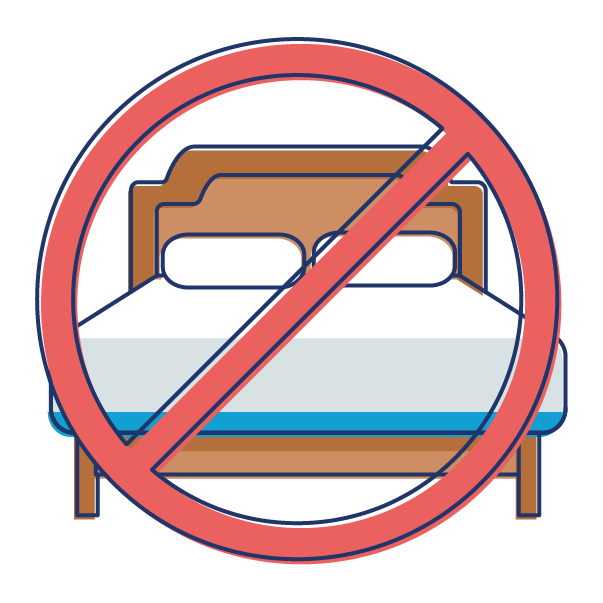
- Depression
- Nausea, vomiting or constipation
- Dry mouth
- Pain in salivary glands
- Orthostatic hypotension
- Erectile dysfunction
- Itching or rash on skin
For a complete list of the side effects, you should see the medicine information leaflet.
Clonidine is not the best option for everyone, and there are some cases when it shouldn’t be used. For example, it is contraindicated if you have bradycardia due to sick sinus syndrome or heart block.
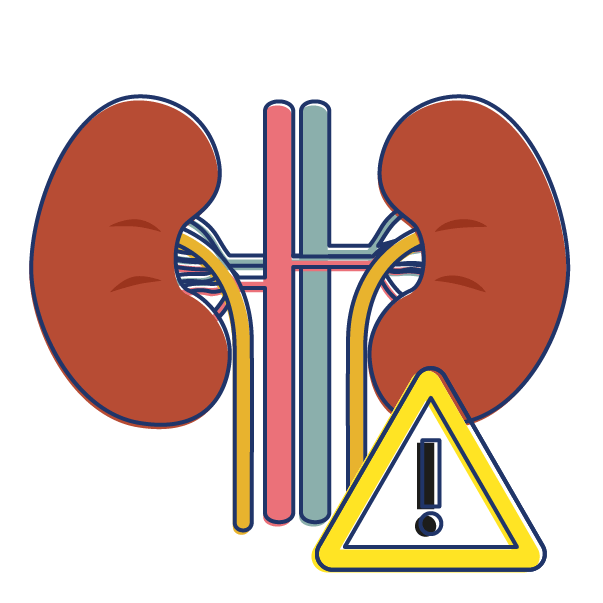 Additionally, there are several health conditions that may become worse if you take clonidine, such as:
Additionally, there are several health conditions that may become worse if you take clonidine, such as:
- Coronary heart disease (CHD)
- Cerebrovascular disease
- Raynaud’s phenomenon
- Renal failure
It also important that you do not suddenly stop taking clonidine, as it is likely that your blood pressure will suddenly increase and you may experience withdrawal symptoms. If you need to have a surgical procedure, you will probably continue to take clonide via intravenous (IV) administration to avoid this. If you do need to stop taking clonidine in the future, your doctor will help you to slowly decrease the dose so that your body has time to adjust to the changes.

Drug Interactions
When clonidine is used with a beta blocker medication, there is a higher chance of a slow heart rate and excessively low blood pressure. If you notice these effects, you should talk to your doctor as they will be able to help reduce the dose so that the symptoms go away.
The combination of clonidine and beta blockers also increases the risk of withdrawal effects if you stop clonidine. For this reason, it is best to stop the beta blocker approximately a week before beginning to reduce the dose of clonidine.
Tricyclic antidepressants can reduce the effect of clonidine, which means that the blood pressure may go up. It is best to avoid this combination but it is also possible to increase the dose of clonidine.
Pregnancy and Breastfeeding
Clonidine is not recommended to be used in the first trimester of pregnancy, but can sometimes be used with caution later in the pregnancy. The safety of oxprenolol for women who
There is limited research about clonidine in women who are breastfeeding but it is sometimes used with caution, watching for signs in the infant. It may reduce the secretion of prolactin and the milk supply, although this is not certain.
Pin it!
